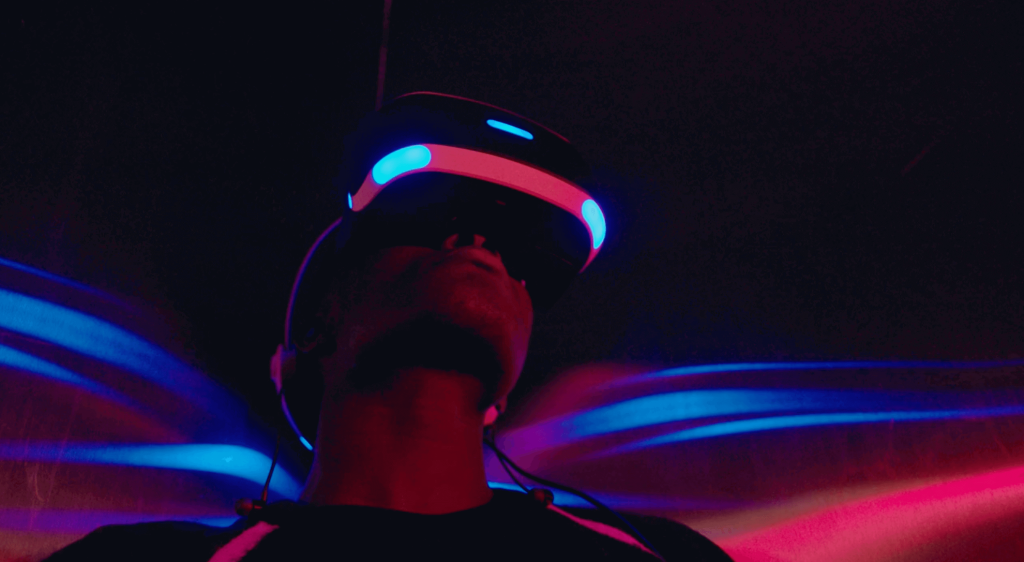Recent advancements in the realm of Artificial Intelligence (AI) have been remarkable, with companies and researchers pushing the boundaries of what is possible. As of October 2023, two significant themes have emerged—Twilio’s innovative communication solutions and the development of AI for space exploration, particularly focusing on Long-Term Learning in robots. This article will delve into these themes while examining their implications for the future.
.
**Twilio: Leveraging AI for Enhanced Communication**
Twilio, a cloud communications platform, has been making significant strides in integrating AI into its services. The company’s focus on simplifying communication for businesses has included AI-powered solutions that enhance customer engagement. Recently, Twilio unveiled new tools that utilize natural language processing (NLP) to analyze customer interactions more efficiently.
.
The primary goal behind these tools is to facilitate better communication between businesses and their customers by providing real-time insights. Using advanced machine learning models, marketers can now personalize customer experiences at scale, improving customer satisfaction and loyalty.
.
Additionally, Twilio has introduced AI-driven chatbots that can handle complex inquiries and provide customers with instant solutions 24/7. By using Long-Term Learning mechanisms, these chatbots evolve based on historical interactions. They learn not just from individual conversations, but from broader trends and data sets, thus enhancing their performance over time.
.
**Long-Term Learning: The Key to Sustained AI Performance**
Long-Term Learning refers to the ability of AI systems to retain knowledge and improve their performance continually. Unlike traditional machine learning models, which often require re-training on new datasets, Long-Term Learning systems are designed to adapt and grow autonomously over time.
.
Twilio’s adoption of Long-Term Learning in its tools signifies a shift towards more sustainable AI development. By harnessing user feedback and behavior data, Twilio’s AI can not only respond to queries but also predict future customer needs. This proactive approach is set to redefine customer relationship management in various sectors, from e-commerce to healthcare.
.
Furthermore, Long-Term Learning allows the AI systems to distill insights from vast amounts of data while being less dependent on human intervention. This could lead to significant cost savings, especially for businesses that require constant adjustments and optimization of their services.
.
**AI in Space Exploration: The Role of Autonomous Robots**
As we continue to explore beyond our planet, the role of autonomous robots in space exploration becomes ever more important. NASA and other space agencies have been leveraging AI to enhance their robotic missions, turning to Long-Term Learning as a fundamental component of these systems.
.
One of the critical challenges in space exploration is the unpredictable nature of the cosmos. Robots, tasked with navigating extraterrestrial terrains, must be equipped with robust AI systems capable of learning from their experiences. Long-Term Learning can facilitate this adaptive capability, enabling robots to make intelligent decisions based on prior missions and real-time data.
.
For instance, consider the recent developments in robotic technologies used in Mars missions. NASA’s Perseverance rover employs AI algorithms that allow it to analyze data from its surroundings and adjust its navigation paths accordingly. With Long-Term Learning, future missions can benefit from lessons learned in previous explorations, enhancing the robots’ ability to conduct scientific investigations effectively.
.
**Collaboration between AI Entities**
The convergence of AI technologies developed by companies like Twilio and those used in space exploration presents exciting possibilities. Twilio’s advancements in real-time data analysis can be leveraged to facilitate remote operations of space exploration robots.
.
Imagine a scenario where operators on Earth can communicate with autonomous robots on another planet, receiving instant updates on their performance and findings. This kind of synchronicity is achievable through AI-enhanced communication and Long-Term Learning capabilities that allow robots and humans to collaborate more effectively.
.
Twilio’s emphasis on customer-centric AI could translate into mission-centric applications in space exploration. By training robots to understand mission objectives in a customer-like context, they could prioritize tasks based on evolving situational demands, potentially leading to groundbreaking discoveries in extraterrestrial environments.
.
**Looking Ahead: The Future of AI in Business and Exploration**
As Twilio and the space exploration sector continue to push the frontiers of AI, several future trends can be anticipated. Businesses across industries will increasingly rely on AI for enhanced customer engagement and operational efficiency.
.
The tools introduced by Twilio, particularly those utilizing Long-Term Learning, are likely to become industry standards. More companies will adopt AI-driven communication strategies, and with this, a new paradigm of customer relations will emerge—where AI understands and anticipates consumer behavior more efficiently than ever.
.
In parallel, space exploration robots equipped with Long-Term Learning capabilities will transform how we explore our solar system and beyond. Instead of merely serving as tools for data collection, these AI systems will become intelligent agents capable of making autonomous decisions, thus enabling more complex and ambitious missions.
.
**Conclusion: A Bright Future for AI**
The latest developments by Twilio in AI-driven communication and the advancements in AI for space exploration through Long-Term Learning mark an exciting juncture in technology. The integration of sustained learning mechanisms in both business and research applications is set to redefine interaction paradigms and operational strategies.
.
As we look ahead to the future of AI, both in enhancing customer experiences and exploring the vast cosmos, it is clear that the potential for growth, learning, and discovery is limitless. Whether it’s transforming customer service or uncovering the secrets of Mars, AI stands at the forefront of innovation.
.
**Sources**
1. Twilio. (2023). “Twilio Introduces New AI-Powered Customer Engagement Tools.” Available at: www.twilio.com/news
2. NASA. (2023). “Advancements in Robotics for Space Exploration.” Available at: www.nasa.gov/news
3. AI Research Journal. (2023). “Long-Term Learning: Shaping the Future of AI.” Available at: www.airesearchjournal.com
.
This extensive examination of the latest AI developments demonstrates how diverse sectors can glean significant benefits from these transformative technologies. As companies like Twilio pave the way for innovative AI applications, the expansion into groundbreaking fields such as space exploration becomes not just feasible but inevitable.
























